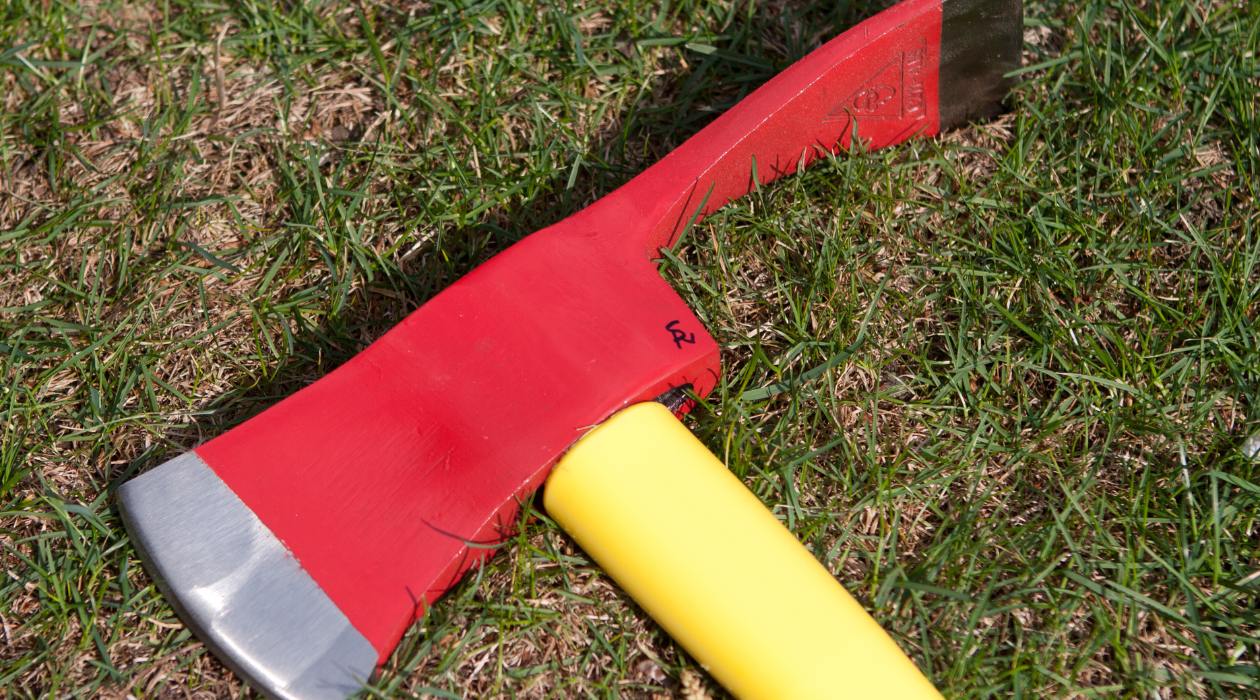

Articles
What Hand Tools Are Used To Fight Fires
Modified: January 5, 2024
Discover essential hand tools used by firefighters to fight fires, including axes, pry bars, and fire extinguishers. Read informative articles on fire safety and firefighting techniques.
(Many of the links in this article redirect to a specific reviewed product. Your purchase of these products through affiliate links helps to generate commission for Storables.com, at no extra cost. Learn more)
Introduction
When it comes to fighting fires, having the right tools in hand is crucial for firefighters to ensure efficient and effective operation. Hand tools play a vital role in fire suppression, allowing firefighters to quickly and safely extinguish flames and rescue individuals in danger. From fire extinguishers to specialized tools like fire axes and thermal imaging cameras, each tool serves a specific purpose in the firefighting process.
In this article, we will explore the various hand tools used in firefighting and discuss their roles, functions, and proper usage. By understanding the importance of these tools and how to use them correctly, we can gain valuable insights into the world of firefighting and appreciate the bravery and skills of those who battle flames to keep us safe.
Key Takeaways:
- Firefighters rely on a range of hand tools, from fire extinguishers to thermal imaging cameras, to combat fires and protect lives and property. Proper training and maintenance are crucial for effective utilization.
- The evolution of hand tools, such as thermal imaging cameras and gas detection devices, has revolutionized firefighting, enhancing situational awareness, safety, and overall effectiveness in fire operations.
Read more: What Hand Tools To Use For Etching
Fire Extinguishers
Fire extinguishers are one of the most common and essential tools in firefighting. They are designed to control small fires and prevent them from spreading further. Different types of fire extinguishers are available, each suitable for specific classes of fires. Understanding these types and their proper usage is critical for effective firefighting.
There are four main types of fire extinguishers:
- Class A: This type is suitable for fires involving combustible materials like wood, paper, and cloth.
- Class B: Class B fire extinguishers are effective against flammable liquids like gasoline, oil, and ethanol.
- Class C: Designed for fires caused by electrical equipment, such as computers, TVs, and electrical panels.
- Class D: Class D fire extinguishers are specifically for fires involving combustible metals like magnesium and titanium.
It’s crucial to choose the right type of extinguisher based on the specific fire hazards present. Using the wrong type of extinguisher can be ineffective and even dangerous.
Proper usage of fire extinguishers involves following the PASS technique:
- Pull the pin: Remove the pin or tamper seal to break the seal and unlock the extinguisher.
- Aim low: Point the nozzle at the base of the fire, not the flames, to extinguish the source of fuel.
- Squeeze the handle: Firmly squeeze the handle to release the extinguishing agent.
- Sweep from side to side: Move the nozzle from side to side, covering the entire area of the fire until it is extinguished.
Remember to always read the instructions on the extinguisher and familiarize yourself with its operation before an emergency arises. Additionally, it is essential to regularly inspect and maintain fire extinguishers to ensure they are in proper working condition and easily accessible when needed.
Fire extinguishers can be a lifesaving tool, providing the initial response to contain and extinguish small fires. In emergency situations, knowledge of different types of extinguishers and their correct usage can make a significant difference in minimizing damage and ensuring the safety of individuals.
Fire Hoses
Fire hoses are a critical tool in firefighting, allowing firefighters to deliver a high volume of water or fire-suppressing agents to extinguish flames and control fires. Understanding the components of a fire hose and how to operate it properly is essential for effective fire suppression.
A fire hose consists of several components that work together to deliver water or other firefighting agents:
- Hose jacket: The outer layer of the hose, usually made of synthetic materials like polyester, designed to protect the inner layers from damage.
- Inner lining: Often made of rubber or thermoplastic, this layer provides flexibility and facilitates water flow through the hose.
- Coupling: The metal or plastic connector at each end of the hose that allows for easy attachment and detachment.
- Nozzle: The control device at the end of the hose that regulates the flow and pattern of water.
- Strainers and fittings: Additional components that help filter debris and ensure proper connections.
Operating a fire hose requires proper technique and coordination. The following steps outline the general procedure for effectively using a fire hose:
- Select the appropriate hose: Choose a hose of the correct length and diameter suitable for the fire scenario.
- Inspect the hose: Check for any signs of damage or blockage in the hose before use.
- Secure the hose: Ensure the hose is properly connected to a water source and that all couplings are tightly secured.
- Communicate with the team: Establish clear communication with other firefighters to coordinate hose movements and nozzle operations.
- Open the nozzle gradually: Slowly open the nozzle to avoid sudden pressure surges that can make it difficult to control the hose.
- Direct the nozzle: Aim the nozzle at the base of the fire, using sweeping or straight stream patterns to extinguish the flames effectively.
- Advance with caution: Move forward while keeping a firm grip on the hose, controlling the flow and maintaining proper distance from the fire.
- Shut off the nozzle: Close the nozzle once the fire is under control or when instructed by the incident commander.
- Drain and store the hose: Ensure all water is drained from the hose before coiling and storing it properly for future use.
Operating a fire hose requires practice and training to familiarize oneself with its handling and maintain control even under high-pressure situations. Regular maintenance and inspections are also crucial for identifying any issues with the hose that could affect its performance during an emergency.
Fire hoses are powerful tools that enable firefighters to deliver water or other fire-suppressing agents where they are needed most. By understanding their components and mastering proper operation, firefighters can effectively combat fires and protect lives and property.
Fire Axes
Fire axes are iconic tools that have been used by firefighters for decades. These versatile tools serve multiple purposes in firefighting, including forcible entry, ventilation, and creating access points. Understanding the purpose and design of fire axes, as well as the techniques for their effective use, is essential for firefighters.
The purpose of a fire axe is to provide firefighters with a highly durable and versatile tool for various tasks during fire suppression operations. The design of a fire axe typically consists of the following components:
- Axe blade: The cutting edge of the axe, usually made of high-grade steel for durability and sharpness.
- Pick end: A pointed end opposite the blade, designed for breaching and breaking through obstacles.
- Axe head: The main part of the axe that connects the blade and pick end to the handle.
- Handle: Usually made of hardwood or fiberglass, the handle provides a solid grip and absorbs shock during use.
To effectively use a fire axe, firefighters must be trained in proper techniques and safety precautions. Here are some key techniques for using a fire axe effectively:
- Proper grip: Hold the axe with a firm two-handed grip, ensuring your hands are positioned securely on the handle.
- Target and angle: Identify the target area, such as a door or window, and position yourself at an angle that allows for maximum force and control.
- Swinging motion: Generate power and momentum by using your entire body in a fluid swinging motion, directing the force towards the target.
- Target selection: Focus your strikes on vulnerable points, such as hinges, locks, or weakened areas, to breach or open doors effectively.
- Alternate strikes: Alternate between the blade and pick end, using the appropriate end based on the specific task or obstacle.
- Communicate and coordinate: Coordinate your actions with other firefighters to ensure everyone’s safety and avoid accidents during axe operations.
- Maintain the axe: Regularly inspect and maintain the axe, checking for any signs of damage or wear that can affect its performance.
Fire axes are reliable and versatile tools that provide firefighters with the ability to quickly breach doors, create ventilation holes, and gain access to compartments during emergencies. Their rugged design and properly trained use make them indispensable in firefighting operations.
It is crucial for firefighters to undergo proper training and practice in using fire axes to ensure their effectiveness and minimize the risk of injuries. By mastering the techniques and understanding the purpose of fire axes, firefighters can effectively carry out their tasks and contribute to the successful suppression of fires.
Halligan Tools
Halligan tools, also known as Halligan bars, are essential tools used in firefighting and rescue operations. These versatile tools are named after Chief Hugh Halligan of the New York City Fire Department and were originally designed for forcible entry. Understanding the functions and features of Halligan tools, as well as their applications in firefighting, is crucial for firefighters.
The Halligan tool is a multipurpose tool that consists of the following key features:
- Adze: The adze is a flat, chisel-like blade at one end of the tool. It is designed for prying and digging.
- Fork: The fork is a tapered, pointed prong at the other end of the tool. It is used for pulling and twisting objects.
- Pike: The pike is a sharp, pointed end positioned perpendicular to the adze. It is used for puncturing and breaching.
- Length and construction: Halligan tools are typically around 30 inches in length and made of forged steel for durability.
The Halligan tool offers several essential functions and applications in firefighting:
Forcible entry: One of the primary functions of the Halligan tool is forcible entry. Its adze and fork ends allow firefighters to pry open doors, break padlocks, and remove barricades during emergency situations. The adze can be used to create purchase points and leverage, while the fork enables pulling and twisting actions to remove obstructions.
Ventilation: Halligan tools are effective for creating ventilation by opening windows, removing window bars, or breaching walls. The pike end can be used to puncture materials, such as drywall or wood, allowing for the release of smoke and heat, improving visibility and reducing the risk of flashover.
Search and rescue: Halligan tools are invaluable for search and rescue operations. They can be used to pry open debris, move heavy objects, or create access points to reach trapped individuals. The versatility and strength of the tool make it an essential asset in safely extricating victims from confined spaces or collapsed structures.
Vehicle extrication: Halligan tools are commonly used in vehicle extrication scenarios. They can aid in prying open doors, removing glass, or cutting through materials to facilitate the rescue of trapped individuals in car accidents or other vehicle-related emergencies.
Halligan tools require proper training and techniques to ensure their effective utilization and minimize the risk of injury. Firefighters should undergo training programs that teach the correct handling and application of Halligan tools in various firefighting scenarios.
The versatility and reliability of Halligan tools make them a staple in every firefighter’s equipment arsenal. Their ability to force entry, create ventilation, and assist in search and rescue operations make Halligan tools invaluable assets in saving lives and protecting property during firefighting operations.
Read more: What Hand Tools Do Farmers Use
Fire Hooks
Fire hooks are essential tools used by firefighters for various tasks during fire suppression and rescue operations. These tools come in different types and serve distinct purposes. Understanding the different types of fire hooks and their usage in fire suppression is crucial for firefighters.
There are several types of fire hooks commonly used in firefighting:
- Pike Pole: A pike pole, often called a roof hook, is a versatile tool with a long pole and a pointed metal hook at one end. It is primarily used for pulling and pushing objects, such as ceilings, walls, or debris, during firefighting and search and rescue operations.
- Halligan Hook: This tool combines the functions of a Halligan tool and a hook. It typically has a fork-like end on one side and a pike or adze end on the other. The Halligan hook is used for forcible entry, ventilation, and assisting in search and rescue efforts.
- Chimney Hook: Chimney hooks are specifically designed for reaching and pulling apart materials in chimneys, flues, or ducts during firefighting scenarios. These hooks feature a long handle and a bent or hooked end for effective maneuverability.
- Roof Hook: Roof hooks, also known as pike poles, are used to provide traction and stability on roofs during firefighting operations. They have a sharp or pointed hook on one end that can be used to secure the tool onto the roof’s surface.
- Hydraulic Hook: Hydraulic hooks are specialized tools that are often attached to hydraulic rescue tools, such as the Jaws of Life. These hooks can be used for pulling, lifting, or stabilizing heavy objects or structures.
The usage of fire hooks in fire suppression varies depending on the specific scenario:
Forcible entry: Fire hooks, particularly the Halligan hook, are instrumental in gaining access to structures during emergencies. They can be used to pry open doors, break windows, or remove obstacles hindering entry.
Search and rescue: Fire hooks, such as the pike pole or chimney hook, can be used to navigate through debris, move objects, or reach inaccessible areas during search and rescue operations. They help firefighters in locating and extricating trapped individuals.
Building ventilation: Fire hooks, especially pike poles and roof hooks, play a crucial role in the ventilation of structures. They can be used to open windows, break glass, or create openings in roofs for smoke and heat evacuation, improving visibility and reducing the risk of backdraft or flashover.
Firefighters must undergo proper training on the correct handling and usage of fire hooks to ensure safety and effectiveness. Regular maintenance and inspection of fire hooks are essential to identify any signs of damage or defects that may compromise their functionality during emergencies.
Fire hooks are versatile and vital tools in the hands of firefighters. Their ability to assist in forcible entry, search and rescue, and ventilation operations contributes to successful fire suppression and the protection of lives and property.
Always have a fire extinguisher, a fire blanket, and a smoke mask on hand. These tools can help you quickly and safely extinguish small fires before they escalate.
Bolt Cutters
Bolt cutters are powerful and indispensable tools used in fire emergencies that involve the need to cut through various types of metal, chains, locks, or wires quickly. Understanding the role of bolt cutters in fire emergencies, as well as selecting and operating them safely, is essential for firefighters.
The primary role of bolt cutters in fire emergencies is to provide firefighters with a tool capable of cutting through heavy-duty materials that may obstruct access or pose a danger. These tools are particularly useful when dealing with locked gates, chains, or wires that need to be opened or severed to gain entry or ensure the safety of trapped individuals.
When selecting bolt cutters for fire emergency situations, several factors should be considered:
- Size and capacity: Bolt cutters come in various sizes, with different maximum cutting capacities. It is essential to choose a size that suits the expected cutting requirements, ensuring that the tool can handle the toughest materials encountered during firefighting operations.
- Material and durability: Look for bolt cutters constructed from high-quality steel or alloy, as they offer superior strength and durability. Firefighters need a tool that will withstand the harsh conditions and repeated use during emergency situations.
- Handle length and grip: Consider the length of the handles and the type of grip. Longer handles provide increased leverage, but they may be more challenging to maneuver in tight spaces. Ergonomic grips offer comfort and better control, reducing fatigue during prolonged use.
- Weight: Although bolt cutters with heavier construction are generally sturdier, it is important to strike a balance between weight and portability. Firefighters need a tool that is both strong and manageable during firefighting operations.
Operating bolt cutters safely is crucial to prevent accidents and injuries. Here are some key guidelines to ensure safe operation:
- Wear personal protective equipment (PPE): Always wear appropriate PPE, including gloves and safety goggles, to protect yourself from flying debris or sharp edges.
- Position yourself correctly: Stand in a stable and balanced position, ensuring that you have a clear line of sight and sufficient space to operate the bolt cutters safely.
- Inspect the tool: Before cutting, check the condition of the bolt cutters to ensure they are in proper working order and free from any defects or damage.
- Position the cutting jaws correctly: Align the cutting jaws of the bolt cutters properly with the material you intend to cut. Ensure a firm grip and avoid exerting excessive force that may lead to the tool slipping or breaking.
- Use controlled force: Apply steady and controlled force when cutting through materials. Avoid sudden or jerky movements that may compromise your balance or cause injury.
- Clear the area: Ensure that bystanders or other firefighters stand clear of the cutting area to prevent accidents caused by flying debris.
- Maintain and store bolt cutters properly: After use, clean the tool, remove any debris, and store it in a secure location, out of reach of unauthorized individuals.
Bolt cutters are invaluable tools that allow firefighters to swiftly cut through tough materials during fire emergencies. By selecting the right bolt cutters and following safe operating procedures, firefighters can effectively use these tools to gain access, free trapped individuals, and ensure the success of firefighting operations.
Power Saws
Power saws are essential tools used by firefighters to cut through various materials quickly during firefighting and rescue operations. These saws are designed to provide efficient cutting capabilities, allowing firefighters to create access points, remove obstacles, or perform ventilation. Understanding the types of power saws used by firefighters, as well as the precautions and procedures for their safe operation, is crucial.
There are several types of power saws commonly used by firefighters:
- Reciprocating Saw: Also known as a “recip saw” or “sawzall,” this saw uses a push and pull motion of the blade to cut through materials such as wood, drywall, or metal. Its versatility makes it suitable for a wide range of cutting tasks during firefighting operations.
- Chainsaw: Chainsaws are commonly used in wildfire situations to cut through dense vegetation and fallen trees. Equipped with a motor-driven rotating chain with sharp teeth, chainsaws provide fast and effective cutting in outdoor environments.
- Circular Saw: Circular saws are powerful cutting tools with a circular blade that rotates to cut through different materials, including wood, metal, or masonry. They are commonly used for cutting through roofs or creating openings during firefighting operations.
- Abrasive Cutoff Saw: Also known as a “cut-off saw” or “concrete saw,” this saw uses a high-speed abrasive disc to cut through materials such as metal, concrete, or masonry. These saws are commonly used for ventilation or cutting through barriers in structural firefighting scenarios.
When using power saws, firefighters must observe several precautions and follow safe operating procedures to prevent accidents and injuries:
- Protective Gear: Wear appropriate personal protective equipment (PPE), including safety goggles, gloves, hearing protection, and firefighter’s turnout gear.
- Choose the Right Saw: Select the appropriate saw for the specific cutting task and materials encountered during firefighting operations.
- Inspect the Saw: Before use, inspect the power saw for any damage, ensure all safety features are functional, and check the condition of the blade or chain.
- Secure the Work Area: Clear the area of debris, ensure a stable work surface, and establish a safe perimeter to prevent accidents and injuries.
- Secure the Materials: Firmly secure the materials to be cut, preventing them from shifting or moving during the cutting process.
- Proper Grip and Stance: Maintain a steady and balanced grip on the saw, ensuring proper control and stability. Adopt a stable stance to support the body during operation.
- Follow Cutting Techniques: Follow the appropriate cutting techniques for the specific saw being used. For example, with a reciprocating saw, use a controlled and steady back-and-forth motion.
- Clear Cutting Path: Keep the cutting path clear of obstructions, debris, or other materials that may interfere with the saw’s operation.
- Regular Maintenance: Keep the saw in good working condition by regularly cleaning, lubricating, and sharpening blades or chains as needed.
Firefighters should receive proper training on the safe operation of power saws, including the selection of the appropriate saw, understanding of cutting techniques, and familiarity with safety procedures. Regular practice and updates on the latest saw models and techniques are essential for maintaining proficiency and ensuring safe saw operation during firefighting and rescue operations.
Power saws are valuable tools that provide firefighters with the ability to cut through various materials quickly and efficiently. When used safely and correctly, power saws aid firefighters in gaining access, performing ventilation, and overcoming barriers, contributing to the success of firefighting operations.
Thermal Imaging Cameras
Thermal imaging cameras have become essential tools for firefighters in recent years, revolutionizing fire operations and enhancing safety. These cameras use infrared technology to detect and visualize heat signatures, enabling firefighters to see through smoke, locate hotspots, and navigate in low-visibility environments. Understanding the benefits and applications of thermal imaging cameras, as well as their utilization during fire operations, is crucial for firefighters.
Thermal imaging cameras offer several key benefits that greatly aid firefighters in their work:
- Enhanced situational awareness: Thermal imaging cameras provide firefighters with improved visibility in smoke-filled or dark environments. They allow firefighters to see the heat patterns and locate potential hazards or hidden fire sources that may not be visible to the naked eye.
- Improved search and rescue: Thermal imaging cameras help locate and rescue individuals in low visibility conditions, such as in burning buildings or during night operations. Heat signatures emitted by trapped victims can be quickly identified, enabling targeted search efforts and saving valuable time.
- Effective fire suppression: By using thermal imaging cameras, firefighters can identify hotspots within a fire or determine if a fire is spreading behind walls or within concealed spaces. This information allows for more targeted firefighting efforts, preventing further damage and reducing the risk of reignition.
- Increased firefighter safety: Thermal imaging cameras enable firefighters to assess the temperatures of their surroundings and identify potential dangers, such as structural weaknesses or areas prone to collapse. They also aid in locating firefighters in distress or identifying hotspots that could endanger their safety.
The applications of thermal imaging cameras in fire operations are vast:
Primary search and rescue: Thermal imaging cameras assist firefighters in locating and rescuing trapped or unconscious victims. Firefighters can identify the heat signatures emitted by individuals even when they are not visible due to smoke or darkness, improving the chances of successful rescues.
Fire attack and suppression: Thermal imaging cameras help firefighters locate the source and extent of fires. By identifying hotspots and hidden fire pockets, firefighters can direct their firefighting efforts to extinguish flames more effectively, minimizing property damage and improving overall fire suppression outcomes.
Overhaul and salvage operations: After the main fire has been suppressed, thermal imaging cameras allow firefighters to identify any remaining hotspots or areas of concern. This enables them to target these areas and prevent rekindling or further damage during overhaul operations.
Structural assessment: Thermal imaging cameras aid in assessing the structural integrity of buildings during and after a fire. Firefighters can identify areas of excessive heat that might indicate compromised structural elements or potential hazards.
Thermal imaging cameras have become an indispensable tool for firefighters, enhancing their abilities in firefighting, search and rescue, and overall incident management. Proper training in the use of these cameras, along with regular maintenance and updates on technology advancements, ensures firefighters can effectively utilize thermal imaging cameras to maximize their operational efficiency and safety.
With their ability to provide crucial information in challenging and hazardous environments, thermal imaging cameras have significantly improved firefighting capabilities and have become a critical aspect of modern fire operations.
Gas Detection Devices
Gas detection devices play a vital role in firefighting by providing early detection and warning of hazardous gases and vapors present in the air. These devices are essential for ensuring firefighter safety and making informed decisions during fire operations. Understanding the importance of gas detection devices in firefighting, as well as the different types of devices and their functionality, is crucial for firefighters.
The importance of gas detection devices in firefighting cannot be overstated. Here’s why these devices are critical:
- Early detection of hazardous gases: Gas detection devices can quickly identify the presence of toxic, flammable, or explosive gases in the environment, allowing firefighters to take immediate action to protect themselves and others.
- Enhanced situational awareness: Gas detection devices provide real-time data about gas concentrations, helping firefighters assess the severity of a situation and make informed decisions regarding evacuation, ventilation, and fire suppression strategies.
- Protection against unseen dangers: Many hazardous gases are invisible and odorless, making them undetectable without the aid of gas detection devices. These devices serve as a reliable warning system, alerting firefighters to unseen dangers even in low-visibility environments.
- Prevention of gas-related injuries or fatalities: Gas detection devices help prevent injuries or fatalities caused by gas inhalation, explosions, or asphyxiation. By detecting and identifying hazardous gases early on, firefighters can take appropriate measures to mitigate risks and protect themselves and others.
Several types of gas detection devices are commonly used in firefighting:
- Single Gas Detectors: These devices are designed to detect a specific gas, such as carbon monoxide (CO) or hydrogen sulfide (H2S). They provide continuous monitoring of a single gas and usually feature audible and visual alarms when gas levels reach unsafe thresholds.
- Multi-Gas Detectors: Multi-gas detectors are capable of detecting various gases simultaneously, providing comprehensive monitoring. They can monitor gases such as oxygen (O2), carbon monoxide (CO), hydrogen sulfide (H2S), and flammable gases. These devices offer versatile protection in a range of firefighting scenarios.
- Photoionization Detectors (PID): PIDs are used for detecting volatile organic compounds (VOCs) and other hazardous substances that may be present in fire-related environments. They utilize ultraviolet (UV) light to ionize gas molecules, allowing for their detection and measurement.
- Area Gas Monitors: Area gas monitors are deployed in stationary locations and continuously monitor the air for the presence of gases in specific areas. These devices are especially useful for monitoring larger spaces, such as warehouses or industrial facilities.
The functionality of gas detection devices may vary, but most gas detectors operate on the principle of sensor technology. They contain sensors that recognize and respond to specific gases or vapors. When the sensor detects the presence of a target gas, it triggers an alarm, often through audible and visual signals, indicating a dangerous gas concentration.
Proper training is crucial for firefighters to effectively use gas detection devices. Firefighters must learn how to interpret gas readings, understand alarm signals, and take appropriate action based on the information provided by the devices. Routine maintenance, calibration, and sensor replacement are also essential to ensure the accuracy and reliability of gas detection devices.
Gas detection devices play a crucial role in protecting the lives and safety of firefighters. By providing early warning and critical information about hazardous gases, these devices significantly enhance situational awareness and enable effective decision-making during fire operations.
Conclusion
In the world of firefighting, the use of hand tools is paramount. From fire extinguishers to thermal imaging cameras, each tool serves a specific purpose in the challenging and crucial task of fire suppression and rescue. It is the knowledge and mastery of these tools that allow firefighters to navigate through dangerous environments, extinguish flames, and protect lives and property.
Fire extinguishers are the first line of defense, providing immediate response to contain and extinguish small fires. Understanding the different types of fire extinguishers and their proper usage ensures firefighters can effectively respond to various fire scenarios.
Fire hoses, axes, Halligan tools, fire hooks, bolt cutters, power saws, thermal imaging cameras, and gas detection devices each play a vital role in firefighting operations. Whether it is breaking through barriers, cutting through materials, gaining access to trapped individuals, or improving visibility in smoke-filled environments, these tools equip firefighters with the means to overcome challenges and execute their tasks safely and efficiently.
However, having the tools alone is not enough. Real expertise lies in the proper selection, handling, and utilization of these tools in accordance with industry best practices and safety precautions. Regular training, practice, and maintenance of the tools are essential to ensure their effectiveness and reliability during emergencies.
As technology continues to advance, so do the tools available to firefighters. The evolution of hand tools, such as thermal imaging cameras and gas detection devices, has revolutionized fire operations, enhancing situational awareness, safety, and the overall effectiveness of firefighting efforts.
In conclusion, the knowledge and skill to effectively utilize hand tools are fundamental in the firefighting profession. By understanding the functions, features, and safe operation of these tools, firefighters can navigate through challenging environments, combat fires, and carry out rescue operations with confidence and effectiveness. These tools are not merely instruments; they are the extensions of firefighters themselves, serving as their trusted companions in their mission to protect and serve their communities.
Frequently Asked Questions about What Hand Tools Are Used To Fight Fires
Was this page helpful?
At Storables.com, we guarantee accurate and reliable information. Our content, validated by Expert Board Contributors, is crafted following stringent Editorial Policies. We're committed to providing you with well-researched, expert-backed insights for all your informational needs.
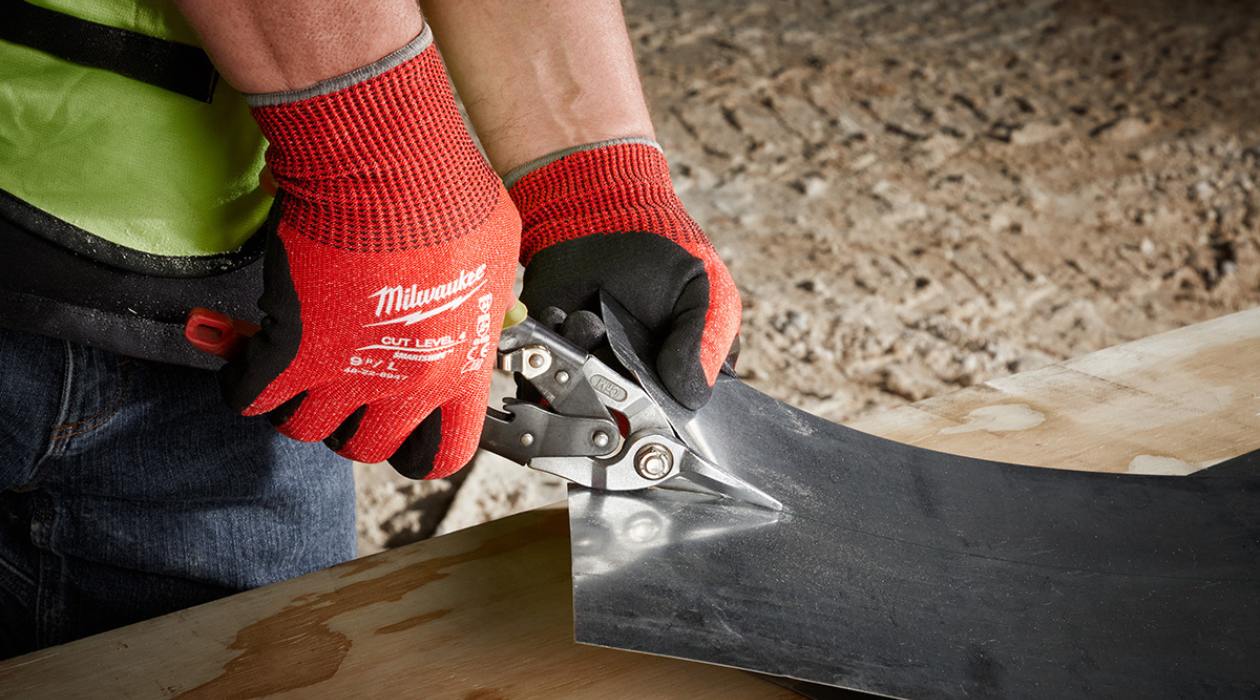
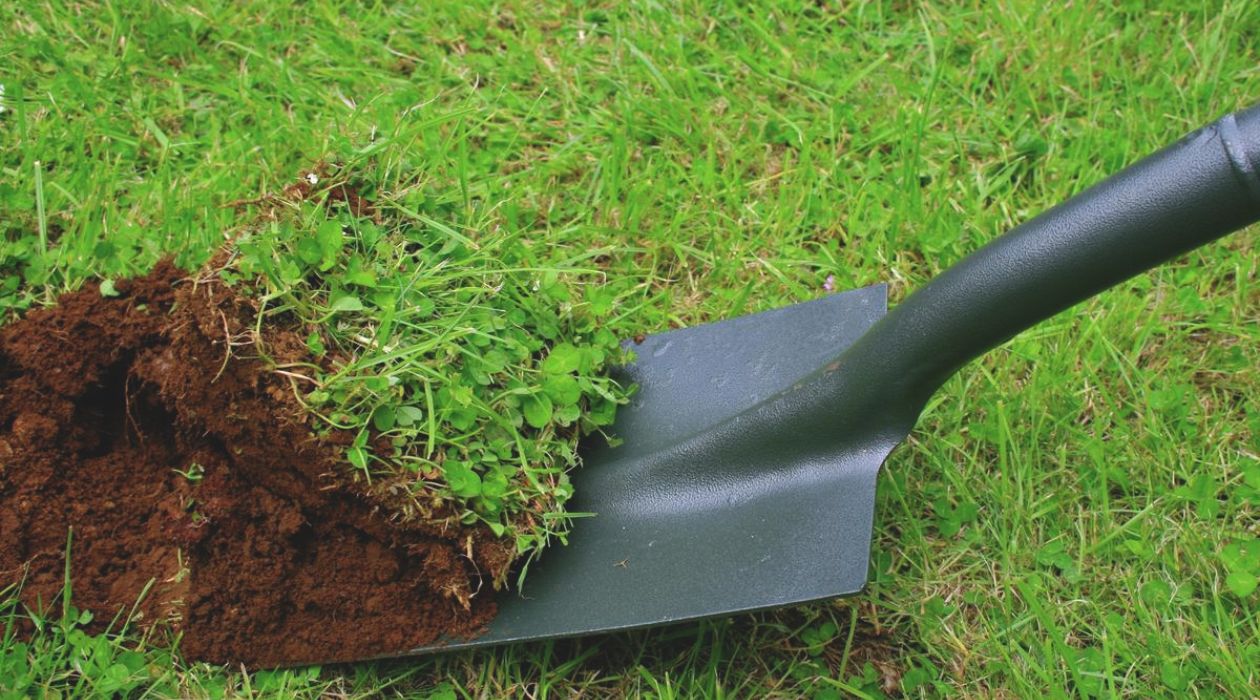
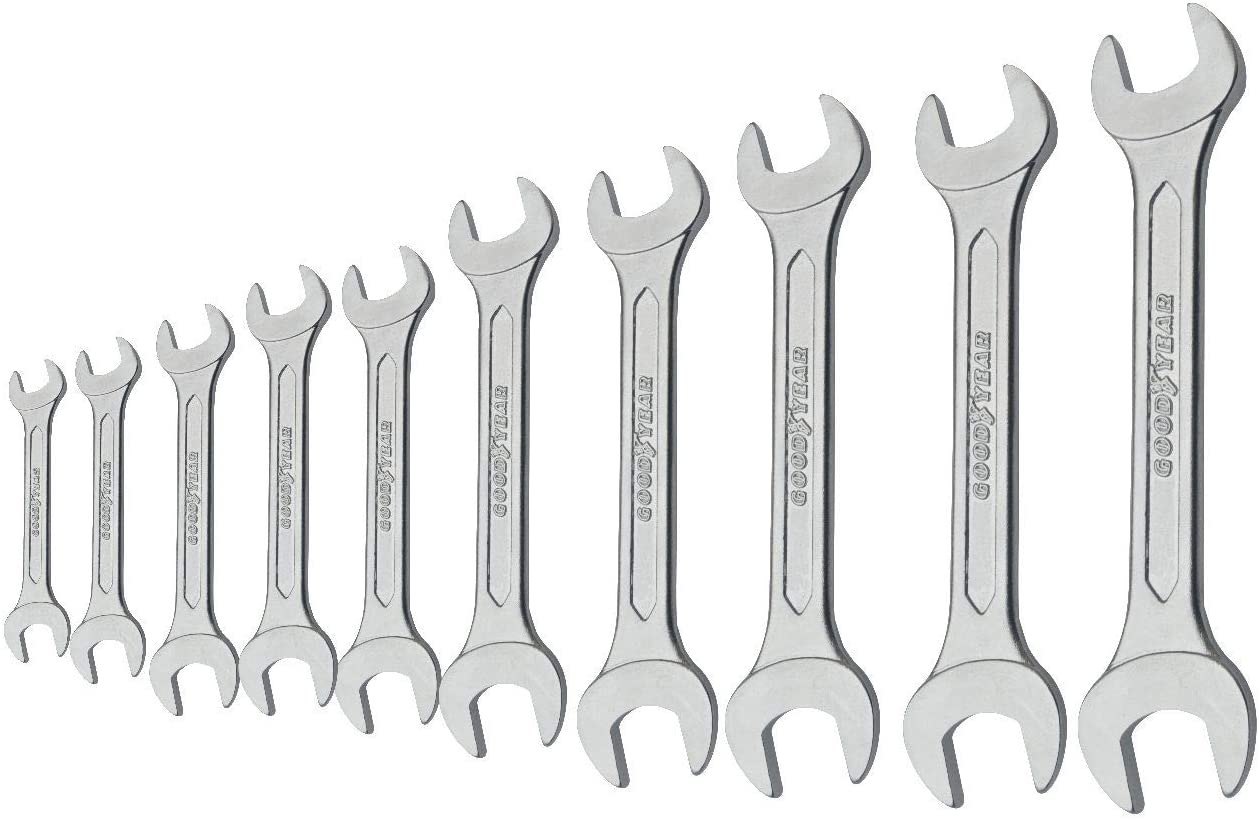
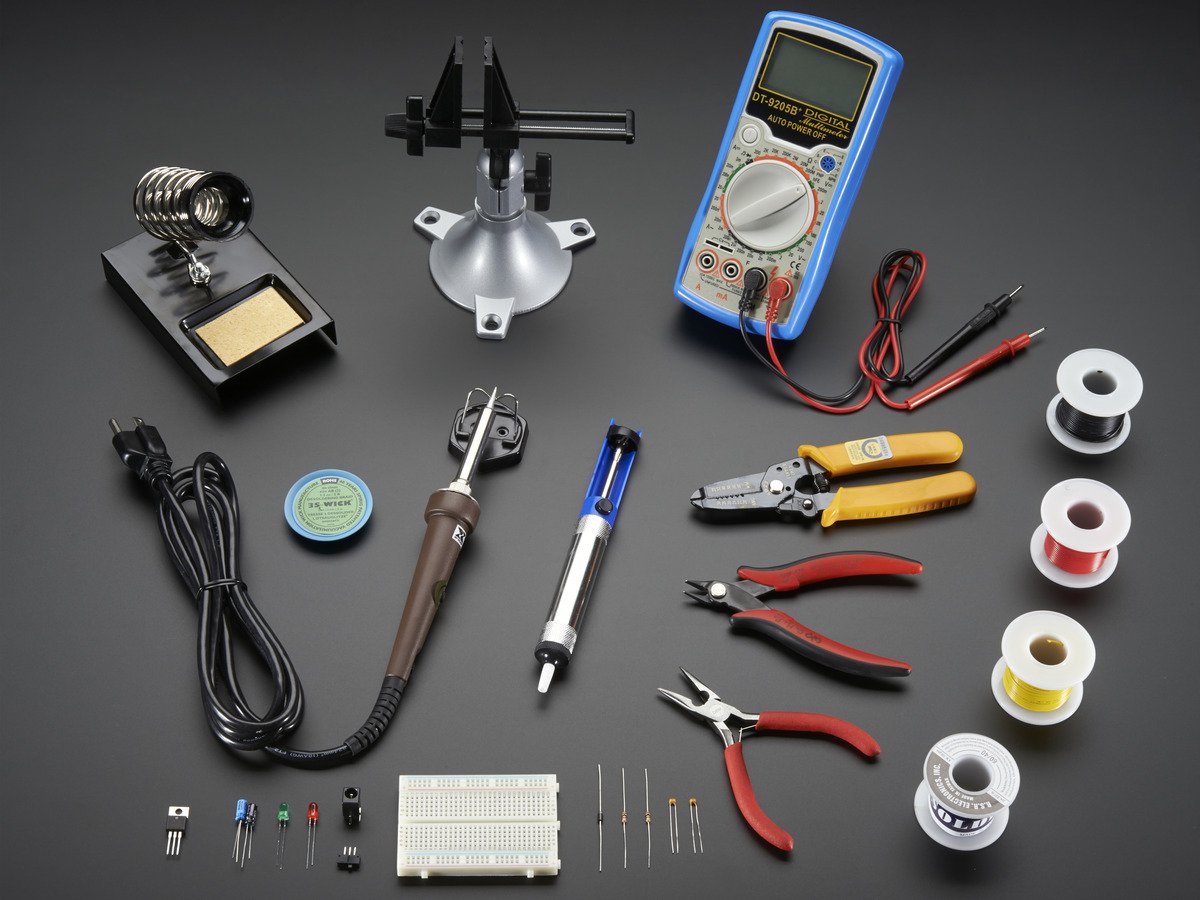
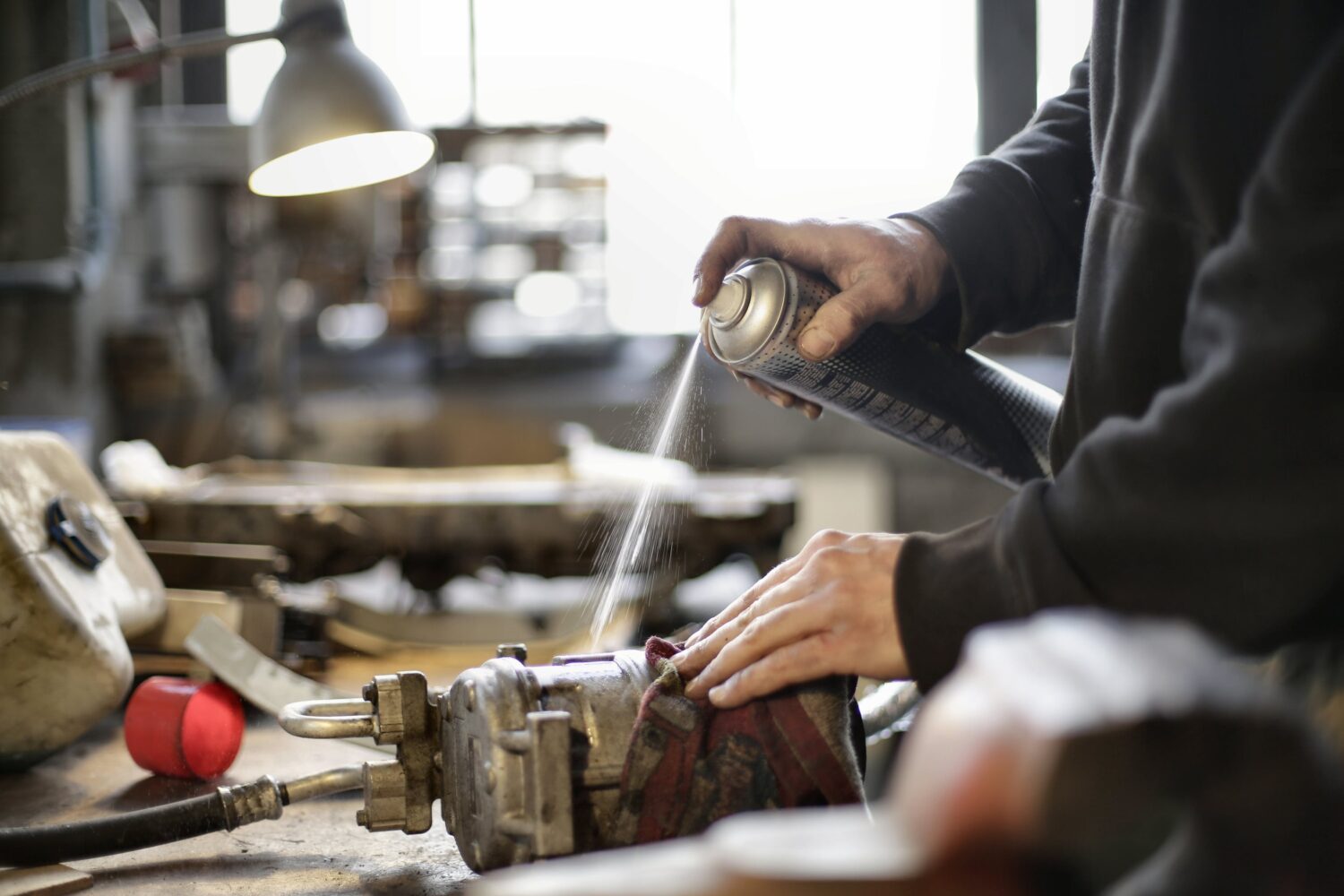

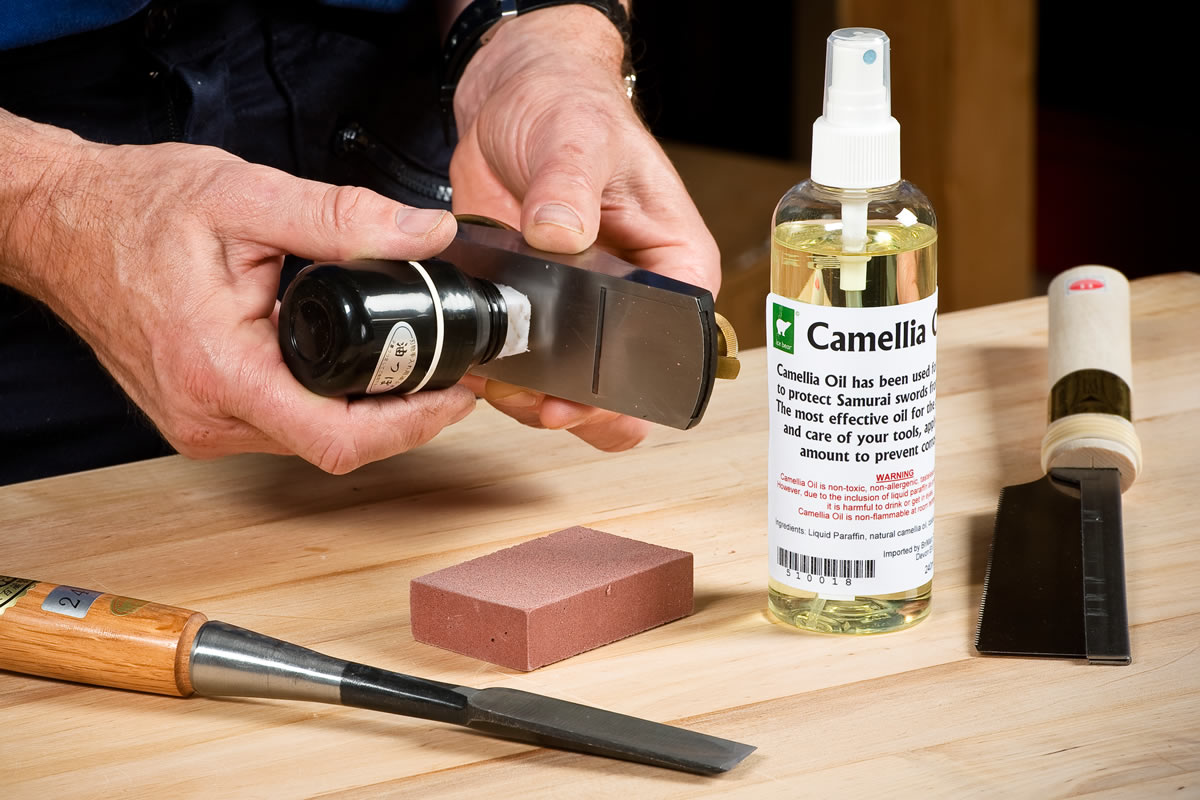
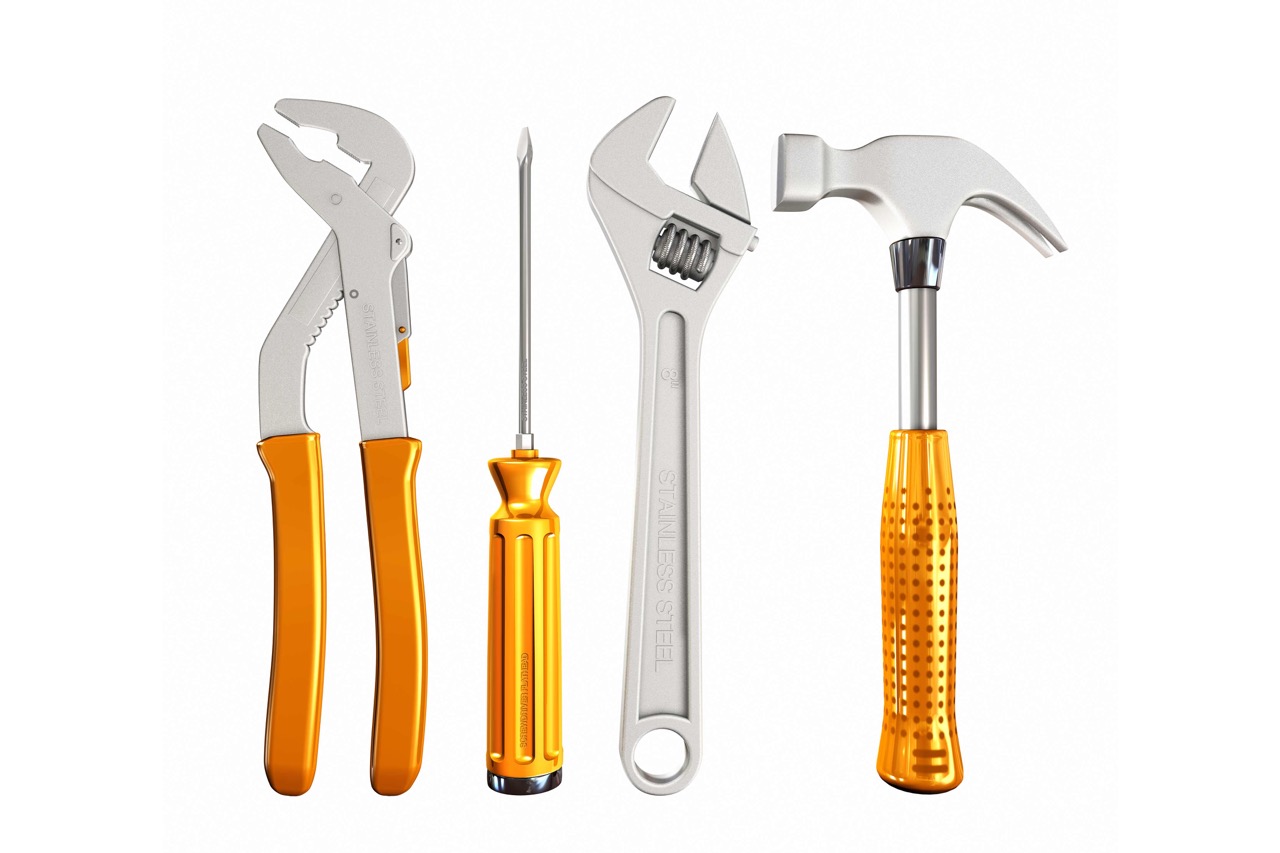
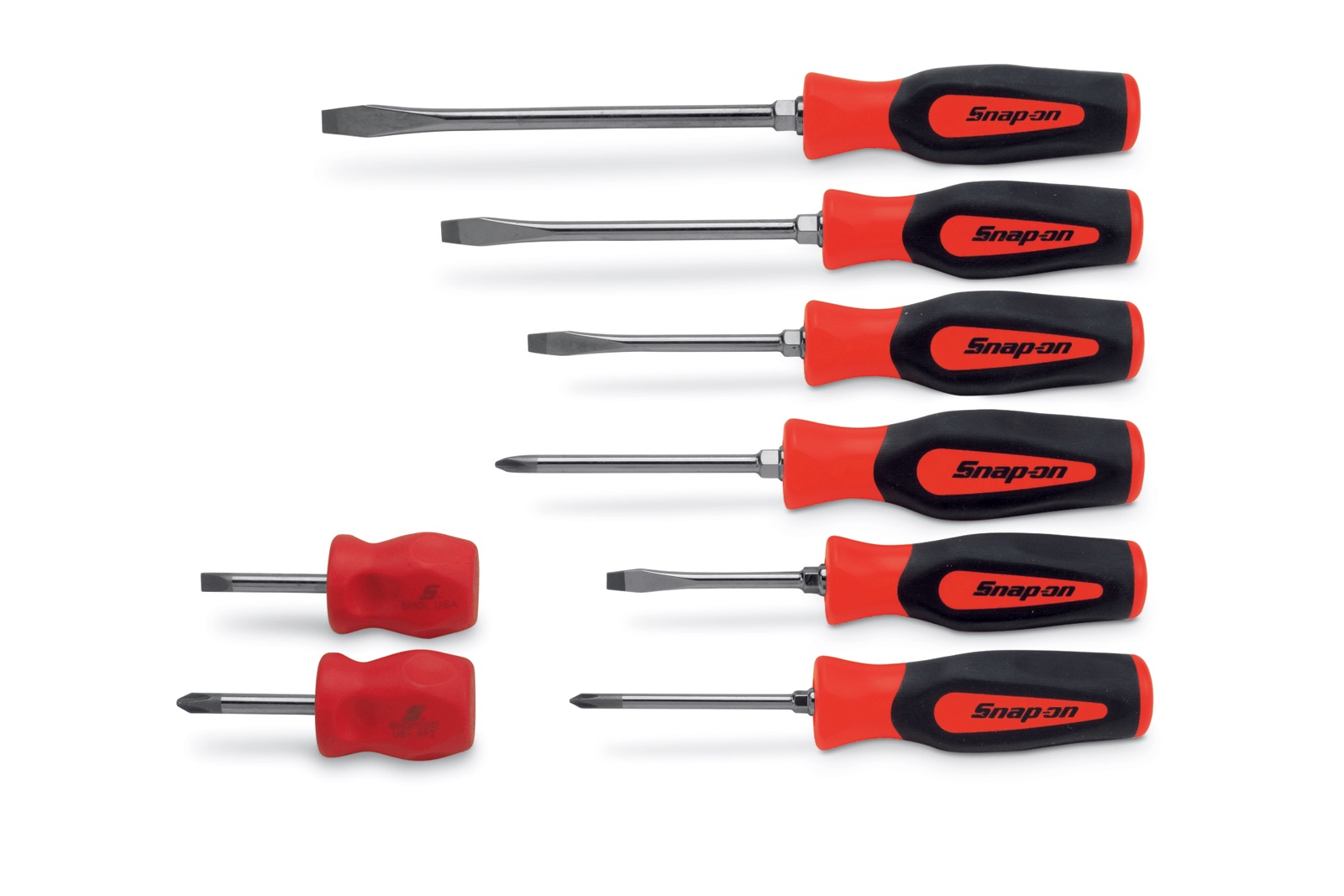
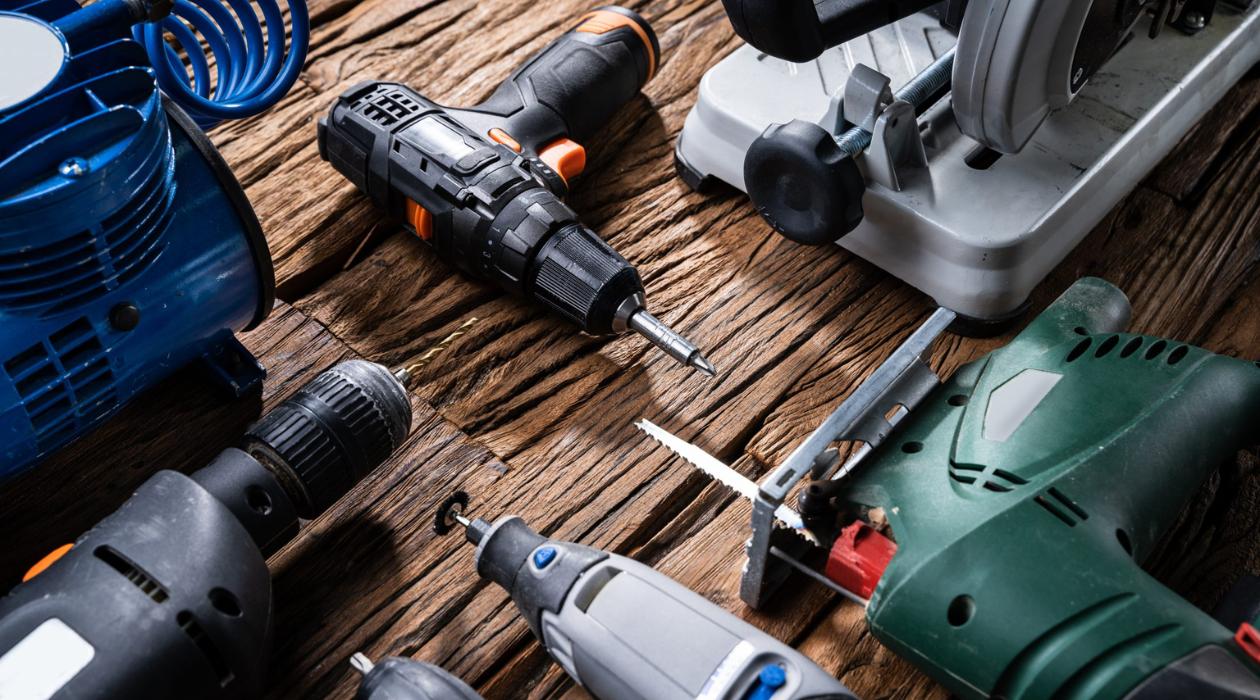
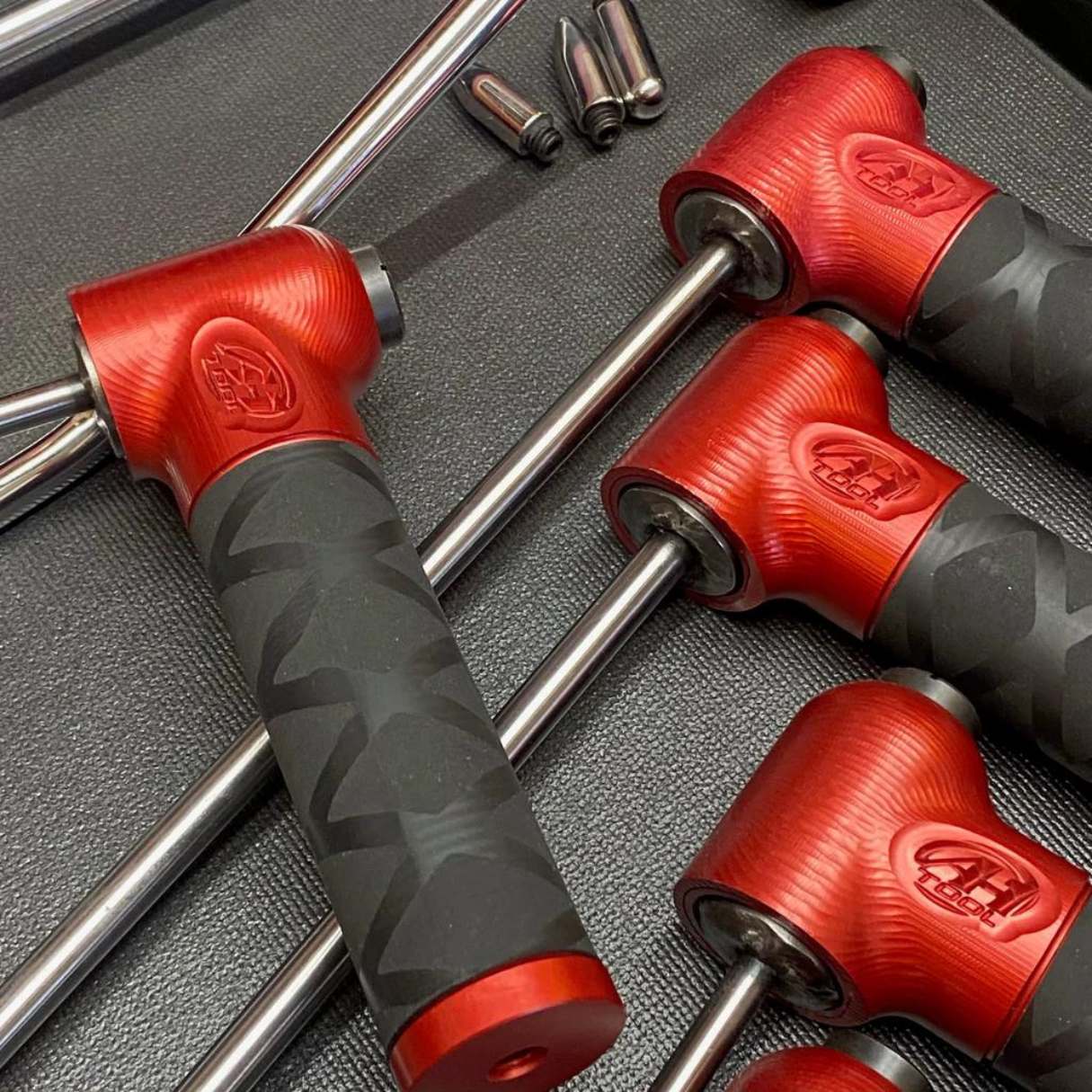

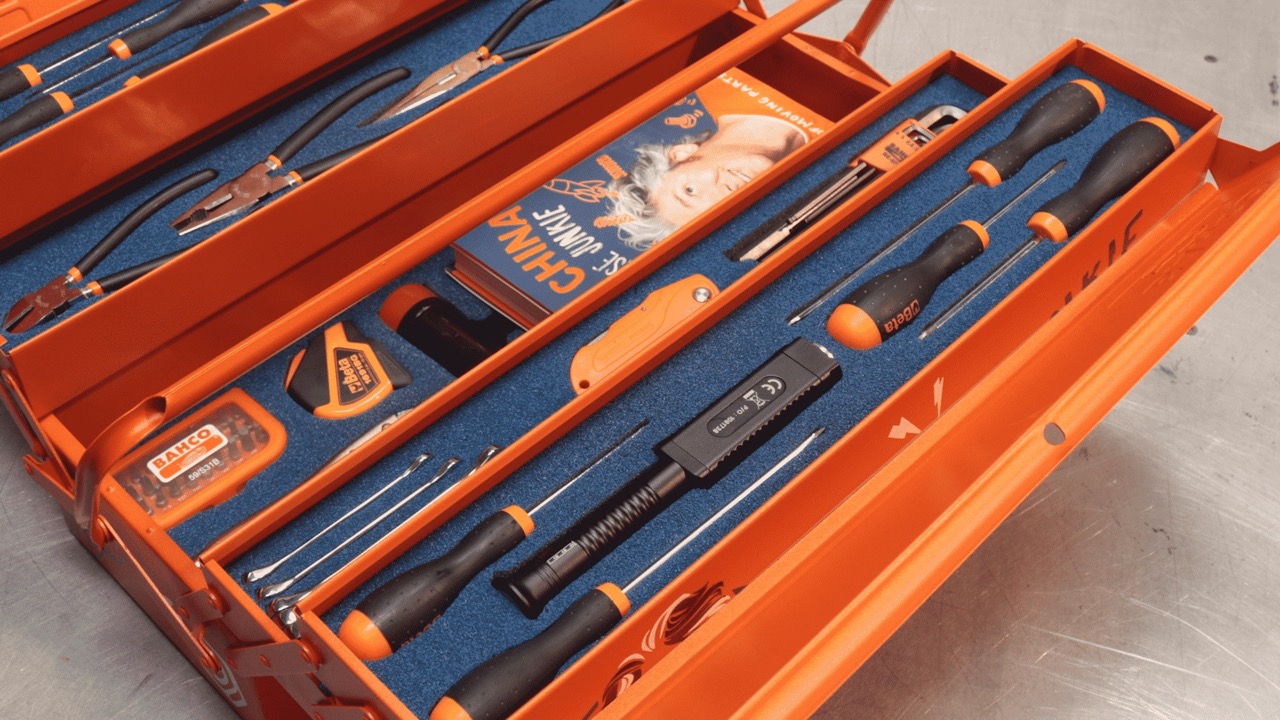

0 thoughts on “What Hand Tools Are Used To Fight Fires”